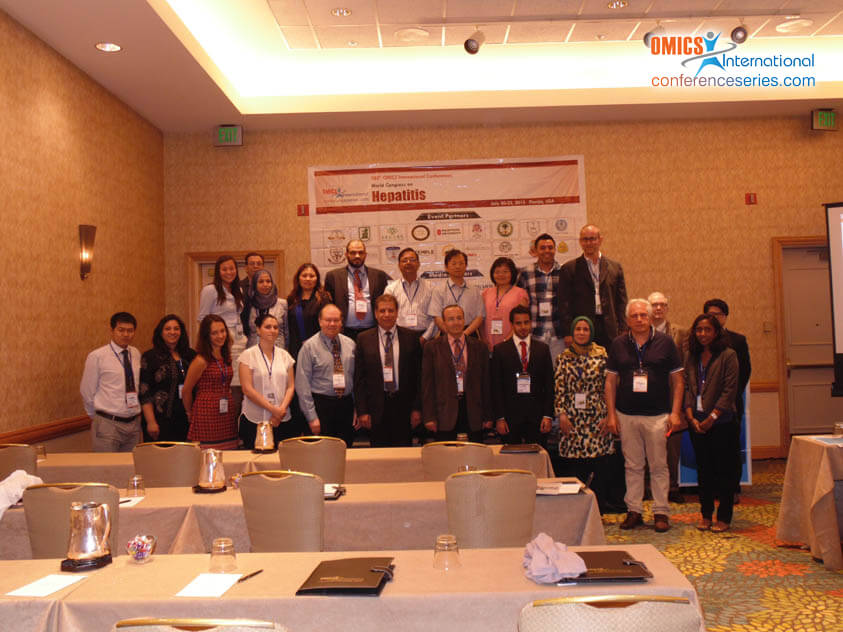
Ekaterina Liusina
I.M. Sechenov First Moscow State Medical University, Russian Federation
Title: Transient elastography-based model for assessment of portal hypertension in patient with HCV and alcohol-related liver cirrhosis
Biography
Biography: Ekaterina Liusina
Abstract
Background: Elimination of the etiological agent responsible for the progression of chronic liver injury has been shown as one of the important prognostic factor for survival in cirrhotic patient. Portal hypertension is a main complication of liver cirrhosis. Measurement of hepatic venous pressure gradient (HVPG) is currently recommended for detection of portal hypertension but its wide use in the clinical practice is limited by its expensiveness and invasiveness. Colecchia et al. in 2012 published predictive model for HVPG values included spleen (SS) and liver stiffness (LS) measured by transient elastography in cohort of patients with HCV-related liver cirrhosis. Aims: To establish the prognostic predictive value of HVPG model (calculated with SS and LS) for presence of esophageal varices and risk of bleeding. To evaluate clinical significance of spleen and liver stiffness measurements in 3 cohort of patients: HCV-related cirrhosis before and after antiviral treatment, HCV-related liver cirrhosis follow-up and in patients with alcoholic cirrhosis before and after period of abstinence. Methods: We plan to enroll consequently in the study one hundred patient with HCV and alcohol-related cirrhosis. Patients undergo baseline blood test sampling, upper endoscopy for detecting esophageal varices, ultrasound, liver stiffness measurement with Fibroscan (LS), spleen stiffness measurement with Fibroscan (SS) during a week of hospitalization. HVPG calculates according to predictive model HVPG =-4.44+0.241LS+0.226Ñ…SS. For all patient with alcoholic cirrhosis will be given recommendation for abstinence. HCV-patient who will meet inclusion criteria will be treated in clinical trials with different antiviral regimes. All baseline procedures will be repeated in 6-12 month after baseline. Complication during follow-up period will be registered. At the moment enrolled 41 patients (26 patients with HCV – related cirrhosis, 15 patients with alcoholic cirrhosis) Results: LS and SS in the group with varices are significantly higher than without (p=0.003). Median of LS in varices group is 32.4 kPa (IQR 24.8-48) vs. 20.6 kPa (IQR 16.9 – 27.5). Median of SS in varices group is 58.2 kPa (IQR 38.6-75) vs. 36.3 kPa (IQR 29.4-63.9). Levels of portal pressure calculated with predictive model are significantly higher: in varices group (p=0.009) is 16.8(IQR 11-23) vs. 9.4 (IQR 7-13) respectively. Sensitivity HVPG predictive model for detection EV is 92%, specificity is 61%. For predicting esophageal varices in our group (regardless etiology) PPV is 83%, NPV is 80%, LR+ 2.3, LR-0.14 respectively. In addition a statistically significant difference is observed when compare patients with alcohol-related cirrhosis (median LS is 45,4kPa (IQR 25-75) to HCV-related group (median LS is 24 kPa (IQR 16-27) (p=0.004). Conclusion: We plan to investigate the diagnostic test accuracy of HVPG predictive model for esophageal varices depending on the etiology of liver cirrhosis (HCV or alcohol) in separate.



